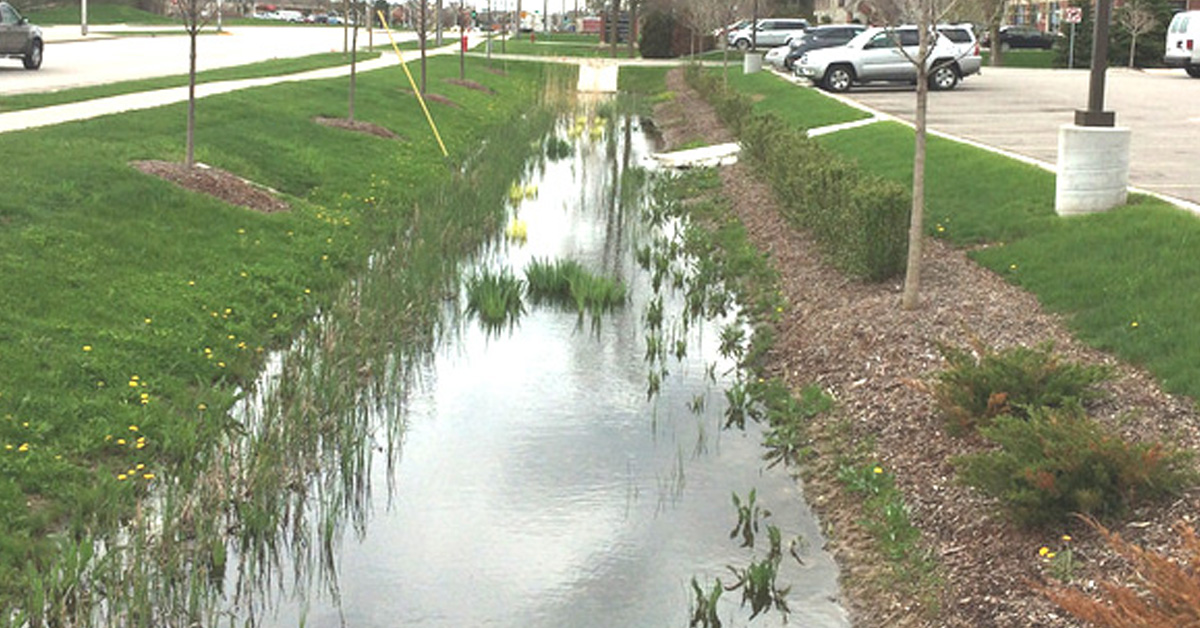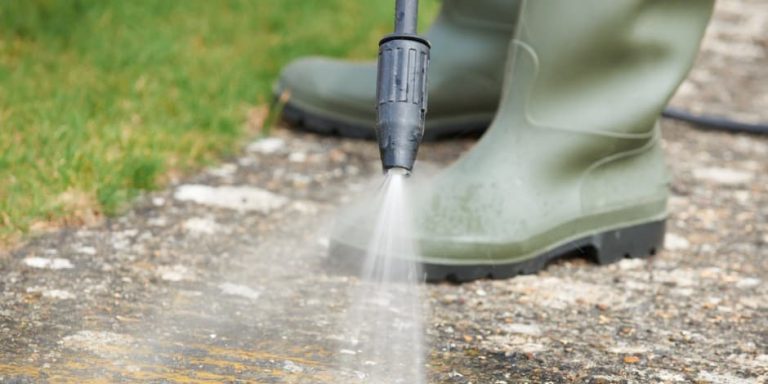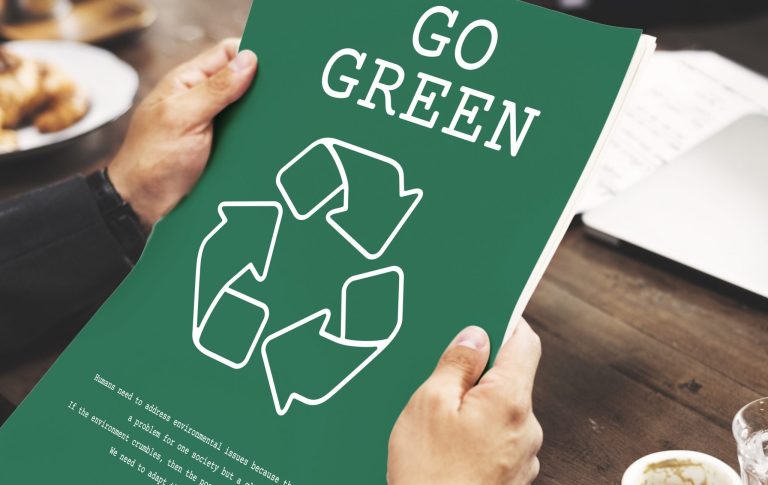
Power washing is a staple in urban maintenance—used for everything from cleaning sidewalks and parking lots to refreshing the façades of high-rise buildings. But while the benefits are easy to see, the hidden costs to stormwater infrastructure are often ignored. When mismanaged, pressure washing in cities can create costly and damaging consequences for municipal drainage systems and nearby ecosystems. 🧼⚠️
In this article, we’ll explore how power washing contributes to stormwater issues in urban areas, what risks it presents to aging infrastructure, and how municipalities and contractors can take a greener approach.
🌧️ Understanding Urban Stormwater Systems
In most cities, the stormwater drainage system is separate from the sewer system. That means the water running off rooftops, roads, and sidewalks during rain events (or pressure washing) goes straight into storm drains and flows directly into natural bodies of water—without treatment. 🌊
These systems were designed to:
- Prevent flooding by diverting runoff quickly
- Handle rainwater, not polluted wastewater
- Work with natural filtering areas (which are now largely paved over)
When pressure washing introduces chemicals, debris, or oils into the mix, it puts major stress on a system never designed to handle such contaminants.
🧼 Common Pressure Washing Pollutants in Cities
In urban settings, power washing is frequently used on:
- Sidewalks with gum, food waste, and animal droppings
- Parking garages with oil stains and fuel residue
- Graffiti-covered walls using chemical solvents
- Construction zones with cement dust or paint
The runoff from these jobs often contains:
| Pollutant | Source | Environmental/Infrastructure Impact |
|---|---|---|
| Oils and grease | Parking areas, vehicles | Clog storm pipes, attract debris |
| Detergents/solvents | Cleaning agents | Corrode storm drain linings |
| Sediment and grit | Construction, sidewalks | Fill catch basins, reduce flow rate |
| Metals and paint | Graffiti removal, aging walls | Toxic runoff into water bodies |
| Biological waste | Bird droppings, food waste | Raise bacterial loads in runoff |
🚧 How Power Washing Strains Stormwater Systems
Let’s break down the most common problems that result from poorly managed pressure washing in urban zones:
1. Clogging of Drains and Catch Basins
Heavy sediment, oil, and debris from power washing settle in storm drains and catch basins, reducing flow and leading to localized flooding. Cities must then spend thousands on vacuum trucks and cleaning crews to maintain functionality.
2. Accelerated Pipe Corrosion
Some commercial cleaners contain acids or high-alkaline agents. When washed into metal or concrete piping repeatedly, they contribute to corrosion and shorten the life of infrastructure.
3. Polluted Discharge into Waterways
Stormwater outfalls often lead to nearby creeks, rivers, or coastal zones. When runoff includes chemical cleaners or oils, it degrades water quality, harming aquatic life and potentially violating local environmental regulations. 🐟☠️
4. Overloading of Treatment Facilities (in Combined Systems)
In older cities with combined sewer and stormwater systems, heavy runoff from power washing can overwhelm treatment plants, especially during storms—leading to untreated wastewater discharges.
💰 The Financial Cost to Cities
Cities and municipalities often foot the bill for damage caused by unregulated power washing. Costs include:
- Emergency flooding response
- Drainage system cleaning
- Infrastructure repair and corrosion mitigation
- Environmental remediation fines
In large cities, even routine washing of sidewalks and buildings without proper runoff controls can lead to millions in cumulative costs annually.
🛑 Urban Examples of the Problem
- San Francisco, CA: City agencies cracked down on sidewalk washers after noticing a spike in grease buildup in catch basins around restaurants.
- New York City, NY: Regular graffiti removal without runoff capture led to toxic discharge into the Hudson River, triggering fines.
- Austin, TX: Routine power washing in downtown areas led to flooded intersections due to clogged storm drains filled with grit and trash.
✅ Sustainable Solutions for Urban Power Washing
Thankfully, there are proven methods for cleaning cityscapes without compromising infrastructure or environmental safety.
1. Use Biodegradable, pH-Neutral Cleaners 🧴
These break down naturally and are less corrosive to pipes and surfaces.
Browse Amazon Here For Biodegradable Pressure Washing Detergents
2. Capture and Filter Runoff 💧
Professional-grade setups often include:
- Vacuum recovery systems
- Wash water containment mats
- Mobile filtration tanks
3. Schedule Maintenance Smartly 🕒
Avoid cleaning during rain or when drains are under load. Space out projects to allow city systems to recover.
4. Educate Building Owners and Contractors 🗣️
Most property managers and small crews don’t realize they’re breaking environmental codes. Awareness campaigns and simple checklists can go a long way.
5. Create City-Level Permitting for Power Washing 🏛️
Some municipalities now require:
- Pre-job planning
- Runoff management documentation
- Proof of eco-friendly practices
This ensures accountability while protecting infrastructure.
📉 Long-Term Environmental Risks If Left Unchecked
If cities ignore the environmental toll of power washing runoff, the consequences compound:
- More frequent and severe flooding
- Increased maintenance budgets
- Polluted local water bodies and wildlife loss
- Decline in urban water quality and recreation areas
- Public health issues due to standing water and bacteria
What begins as a few dirty sidewalks quickly snowballs into a larger, systemic issue. 🚱🏙️
🧠 Final Thoughts
Power washing is a necessity in bustling urban environments—but only if it’s done thoughtfully and responsibly. City officials, property owners, and contractors must work together to ensure cleaning doesn’t come at the cost of damaging critical infrastructure or polluting local waterways.
With better regulation, proper equipment, and a shift toward eco-conscious cleaning, we can protect our urban landscapes from the inside out—starting with the pipes beneath our feet. 🌍🧼✅
Browse Amazon Here For Popular Pressure Washers And Accessories






